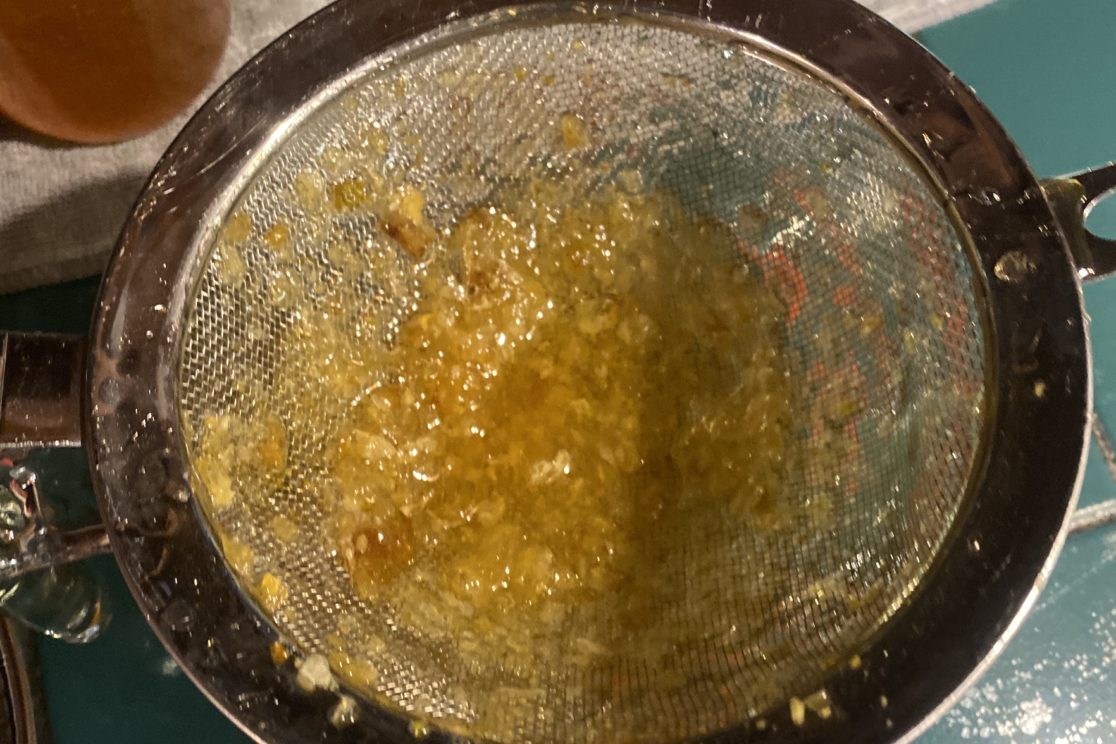We have skin on the outside and skin within. Our skin within, which is our gastrointestinal lining, is very thin. When there is gastrointestinal inflammation, there is irritation and inflammation of the lining of the gastrointestinal tract. This can lead to a degeneration of the barrier that separates you from the outside world. Things that should stay in the gut get into the bloodstream, and thus the term “leaky gut”. This means toxins, and even pieces of undigested food that would normally stay in the gut to get broken down into itty-bitty pieces, escape.
Signs of a leaky gut
Some of the signs of a leaky gut include: gas, abdominal cramping and pain, bloating, brain fog, joint pain, fatigue, muscle aches and pains. The list goes on and on.
Contributors to leaky gut
There are many things that may contribute to leaky gut. Here is a short list of things to initially consider:
- Gluten enteropathy (damage)
- Fungal overgrowth
- Leaky ileocecal (IC) valve
- Food sensitivities
- Bacteria overgrowth
- Viral infections
- parasitic infections
- Low vitamin D status
- Environmental toxins
How to heal a leaky gut?
In order to heal a leaky gut, the common offenders (listed above) need to be recognized and removed. Then nutrients need to be re-established and the microbiome re-balanced. Of particular
A gut healing regime may include:
- Vitamins and minerals
- Botanical medicines
- Probiotics and non-commensal yeast
- Stress management
- Dietary changes
Leaky gut can be a factor in many down stream inflammatory diseases like diabetes, dementia, arthritis, skin rashes, multiple sclerosis, fungal overgrowth, cardiovascular disease and more. As a part of regular health prevention, maintenance and treatment, consider a therapeutic approach that is catered to your individual needs.




